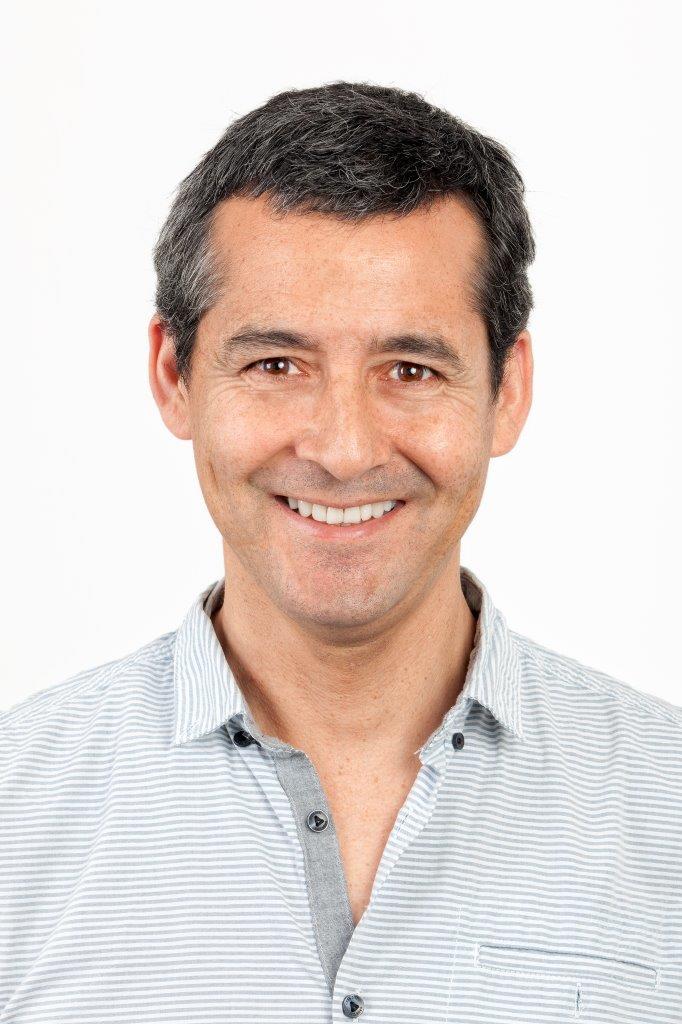PARALLEL SESSION C
C2 High precision, small and large mechanical components
Thu 3rd Oct 11h10 - 13h00
Hall 26 - Luttazzi
The building and operation of Big Science organisations relies extensively on the construction of large and complex mechanical systems such as magnet components, accelerating structures, support systems, shielding structures, and vacuum components. The needs for mechanical parts vary in terms of materials, sizes, volume, and degree of complexity; but the following technical areas are of particular relevance to most Big Science organisations: manufacturing of high to very high precision mechanical components, large machined components, pressure vessels and high temperature reactors, complex welded structures; as well as assembly, installation, validation and testing of the above components.
Speakers of the session
Agenda
Jan Visser
ILO for CERN, PERIIA, Nikhef, Big Science
The mandate of the Mechanical & Materials Engineering group (MME) is to provide the CERN community with specific engineering solutions combining mechanical design, fabrication and material science for beam accelerator components and physics detectors. MME has relevant experience in integrating in-house manufacturing assets and contributions from industrial partners. Aim of this talk is to provide an overview of industrial collaborations from recent years discussing technical aspects as well as methods and procedures with an eye to future opportunities.
Gabriele D’amico
F4E
When dealing with the manufacturing of High Precision and large mechanical components one of the main challenges is to ensure the compliance of the final product with the pre-defined geometrical requirements, usually expressed in terms of tolerances, which are by definition tight in the world of High Precision. Depending on the dimensions, a number of external variables which are usually causing second order effects (e.g. temperature, gravity, measurement accuracy and precision), can start inducing level of deformations and/or uncertainties both during the manufacturing and the measurement processes which could be of the same order of magnitude of the required level of tolerances. If this is the case, counter measures need to be put in place in order to reduce/compensate their effect to not jeopardize the whole process. In this session, some insight behind the main challenges in ensuring geometrical compliance of High Precision and large mechanical components together with an overview of the main business opportunities Fusion For Energy is going to offer to industries in the upcoming year are going to be given.
European XFEL is an X-Ray Free-Electron-Laser research facility located in Hamburg, Germany. The facility is operational since 2017 and the unique properties of the X-rays allow unprecedent experiments and cutting-edge research in applied science. To transport and deliver high quality X-rays to the experimental station, innovative and high precision devices are implemented. This contribution presents an overview of the requirements, engineering solution and budget aspects for high-precision opto-mechanical transport and delivery systems.
Martin Eibach
FAIR
In this presentation, we will explore the unique business opportunities available in the procurement of resistive electromagnets and other accelerator components for the Facility for Antiproton and Ion Research (FAIR) in Darmstadt. As an expanding research center, FAIR requires advanced mechanical components to support its cutting-edge experiments. I will discuss the specific technical requirements, procurement strategies, and collaboration prospects for industry partners.
Thierry Brochard
ESRF
ESRF–EBS (Extremely Brilliant Source) represents a new generation of synchrotron and an extraordinary new tool for scientists to study the heart of matter. The facility upgrade, over 2015-2022, bringing its scientific users a first-of-a-kind, low-emittance, high-energy synchrotron light source and new, cutting-edge beamlines. With a revolutionary new storage ring concept that increases the brilliance and coherence of the X-ray beams produced by a factor of 100 compared to present-day light sources. Since the upgrade, we’ve continued to evolve the machine, building new beamlines lines and upgrading existing ones.
The generation of extremely large telescopes faces significant challenges in manufacturing the large parts needed for the main structures and mechanisms. These parts cannot be manufactured in one piece, requiring careful study of part and structure fabrication, as well as tight tolerances with environmental thermal control. These factors are often challenging to achieve in a workshop setting, but even more so to maintain in remote locations facing adverse weather conditions, foundation shrinkage, solar radiation and more.
Chair and all speakers














